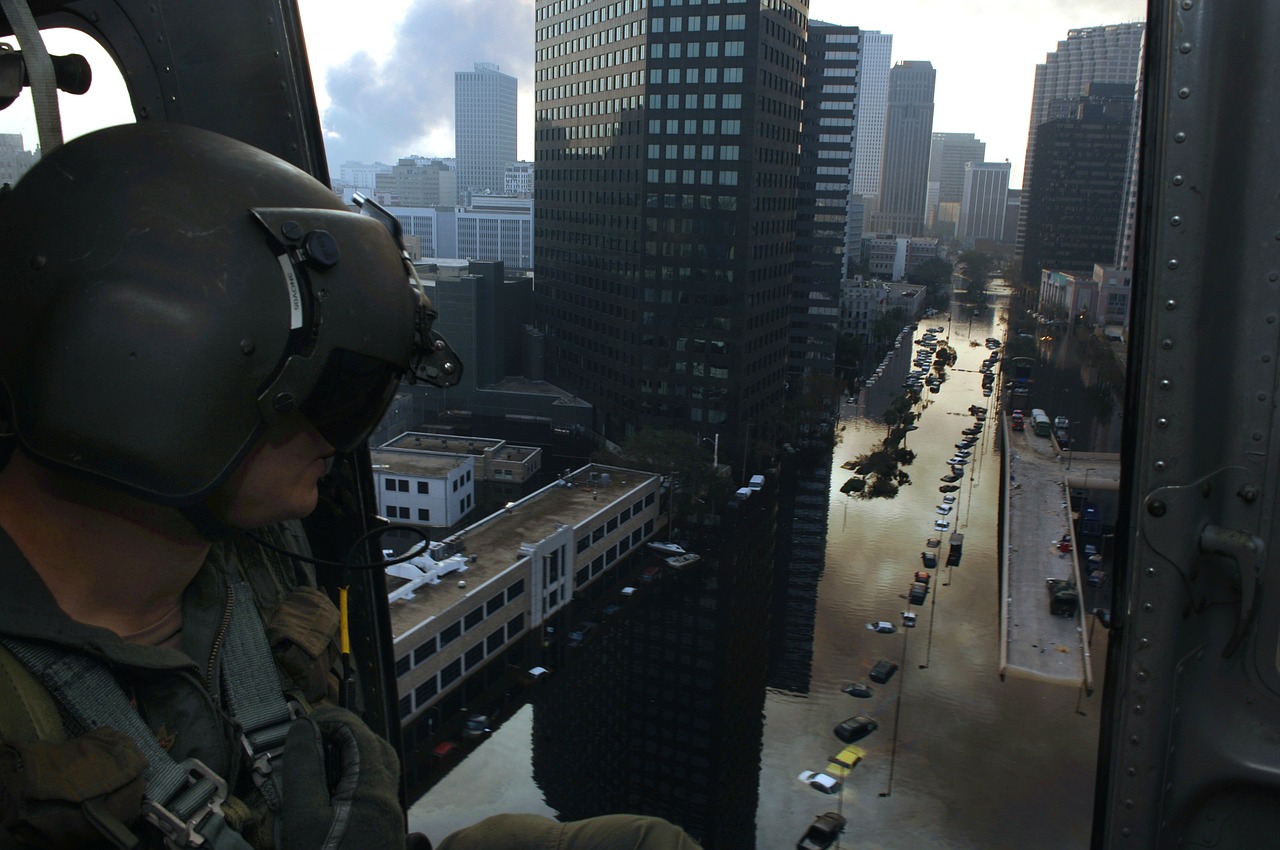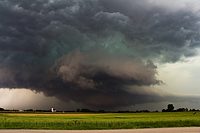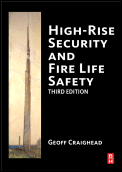Natural Disasters Cost $90.9 Billion In Losses in 2018

In 2018, the U.S. experienced 14 billion-dollar-plus natural disasters, which caused approximately $90.9 billion in losses, the fourth-highest cost since 1980, according to the U.S. Household Disaster Giving in 2017 and 2018 report.
The total damage from Hurricane Michael was estimated at $25 billion. Hurricane Florence was estimated at $24 billion in damage. The wildfires in California were estimated to have at least $12.4 billion in insured losses alone; total damage is still not clear.
Overview of household charitable giving and volunteering for disaster aid efforts in 2017 and 2018:
- Approximately 30 percent of U.S. households made a disasterrelated donation in 2017 (31 percent) and in 2018 (29 percent).
- About seven percent of U.S. households donated to disaster aid for both U.S. and international disasters in these two years. More than a quarter (26 percent) donated for disasters in the U.S. only, while two percent gave in response to international disasters only.
- Individuals of all ages, education, and income levels donated to disaster aid efforts. Females, individuals with higher levels of education, or those with higher levels of household income were more likely to donate.
- Approximately three-fifths (61 percent) of households that gave to disaster aid made both financial and in-kind gifts.
- About 12 percent of U.S. households volunteered to assist with disaster aid efforts in at least one of the two years.
Motivations for disaster giving:
- The magnitude of a disaster (more specifically, the scale of a disaster and number of people affected by it) was the top motivating factor for giving to disaster aid efforts in 2017 and 2018. The other top factors were personal connection to the location of a disaster and media coverage.
- Having someone they personally know who was directly affected by a disaster and being able to evaluate the effectiveness and impact of their gifts were the top two factors that donor households said would encourage them to give more.
- Financial commitments to other charitable causes was the top reason reported by households that did not donate to disaster aid efforts in either 2017 or in 2018.
More than a third (between 37 and 43 percent) of all U.S. households held positive perceptions of crowdfunding in disaster aid efforts, whereas over half of the households were less certain about the merits of crowdfunding in disaster aid.
Looking for a reprint of this article?
From high-res PDFs to custom plaques, order your copy today!






